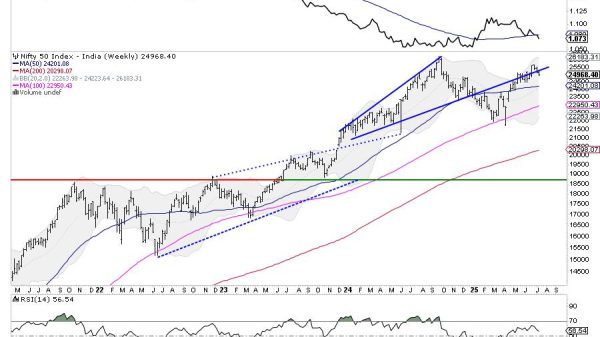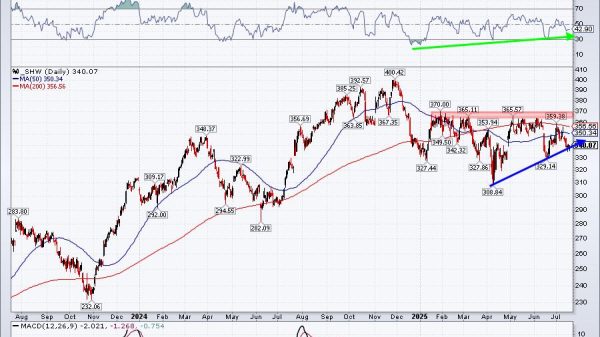What is The Times Interest Earned Ratio?
Times Interest Earned (TIE) ratio, also known as the interest coverage ratio, is a critical measure that evaluates a company’s capability to fulfill its interest payments on debt.
This ratio, derived from the interest earned ratio formula, provides insight into the financial health of a business by comparing its earnings before interest and taxes (EBIT) to its interest expenses.
Calculating the time interest earned helps investors and creditors assess whether a company generates enough cash flow to cover its interest obligations comfortably.
Essentially, this ratio measures the buffer a company has to pay interest on its debt, highlighting the importance of maintaining a healthy balance between earnings and debt commitments.
What is Times Interest Earned Ratio (TIE)?
The Times Interest Earned (TIE) ratio is a financial metric that gauges a company’s ability to meet its interest obligations on outstanding debt.
Moreover, it compares the company’s earnings before interest and taxes (EBIT) to its interest expenses. A higher TIE ratio indicates better financial health and a greater ability to pay interest on debt.
What does TIE Ratio indicate?
The TIE ratio serves to assess a company’s financial stability and risk. Lenders and investors use it to understand a company’s solvency and its capacity to handle additional debt. It reflects not just the ability to pay interest but also the cushion available to cover unexpected financial difficulties.
Times Interest Earned Formula
So how to calculate TIE? To calculate the TIE ratio, you just divide the company’s earnings before interest and taxes (EBIT) by its interest expenses. A high ratio is good. It means the company earns much more than its interest obligations. However, a very high ratio might suggest the company isn’t investing enough in its growth.
The formula for calculating the TIE ratio is:
Times Interest Earned (TIE) = Earnings Before Interest and Taxes (EBIT) / Interest Expenses
Earnings Before Interest & Taxes (EBIT)” refers to the profit a business earns before paying interest and taxes. “Interest Expense” means the regular debt payments a company must pay its creditors.
Typically, a higher TIE ratio is better. But, a very high TIE ratio might show that a company isn’t investing wisely.
It suggests the company might be holding onto its earnings instead of using them for growth through research and development or valuable projects. However, this could lead to problems with profitability and long-term growth.
What’s an Example of TIE?
Imagine a company with an EBIT of $100,000 and interest expenses of $20,000. Using the TIE formula:
$100,000 / $20,000 = 5
This means the company earns five times more than its interest obligations.
Or let’s say XYZ Company has $10 million in 4% debt and another $10 million in common stock. It wants to buy equipment, so it needs more money. Borrowing more would cost 6% a year, while shareholders want 8% dividends and stock price growth.
The company opts to borrow another $10 million. This move raises its total yearly interest cost to $1 million (from 4% of the first $10 million and 6% of the new $10 million). XYZ’s EBIT stands at $3 million.
Therefore, XYZ Company’s TIE ratio hits 3, meaning it earns three times its yearly interest expense.
Importance of Times Interest Earned Ratio
The TIE ratio is crucial for understanding a company’s financial stability and risk level. A high TIE ratio signifies a strong capacity to meet interest payments, which can enhance creditworthiness. Conversely, a low TIE ratio may signal financial troubles, impacting a company’s ability to secure loans or attract investment.
How Can a Company Improve Its Times Interest Earned Ratio?
Improving the TIE ratio involves increasing operating income, reducing interest expenses, or both.
Strategies might include optimizing operations for better efficiency, refinancing debt at lower interest rates, or paying down existing debt to reduce interest obligations.
Overall, the TIE ratio is a vital tool for analyzing a company’s financial health, particularly its ability to sustain its debt obligations over time.
Special Considerations
Companies with steady profits often use more debt in their capital structure. Lenders prefer them because they show consistent earnings.
Utility companies are a prime example. They have steady earnings because their services are essential. Therefore, they often raise funds through debt.
Startups and businesses with erratic earnings mostly use equity to raise capital. They issue stock. This is because their unpredictable finances make getting loans hard.
But, as they start showing steady profits, they might shift to using debt. This allows them to access new capital sources and potentially lower their capital costs.
Remember that a TIE ratio less than 1 implies the company does not earn enough to cover its interest expenses.
Bottom Line
The Times Interest Earned (TIE) ratio is a key financial metric that tells us how well a company can handle its debt.
Also, this ratio helps investors, creditors, and the company itself understand its financial health. It compares what the company earns before interest and taxes to what it owes in interest.
The higher the TIE ratio, the better the company’s financial situation is because it shows the company can easily cover its interest payments.
The TIE ratio isn’t about profitability but solvency. It focuses on whether a company can pay its interest, not how profitable it is. Improving this ratio involves either making more money from operations, reducing interest costs, or both.
Furthermore, this could mean finding more efficient ways to operate, refinancing debt at lower rates, or paying off debt to decrease interest payments.
In essence, the TIE ratio gives a snapshot of a company’s financial strength in relation to its debt. It’s crucial for assessing risk, planning for the future, and making informed decisions about borrowing and investing.
FAQ
Is Times Interest Earned a Profitability Ratio?
No, it assesses solvency rather than profitability, focusing on interest payment capabilities.
What does a times interest earned ratio of .90 to 1 mean?
A TIE ratio of .90 to 1 suggests the company’s earnings are not sufficient to cover its interest expenses, indicating financial stress.
Is times interest earned an example of a profitability ratio?
No, the TIE ratio is a solvency ratio, focusing on a company’s ability to pay interest, not its overall profitability.
What does a times interest earned ratio of 5 indicate?
A TIE ratio of 5 indicates the company earns five times its interest obligations, showcasing good financial health.
The post What is The Times Interest Earned Ratio? appeared first on FinanceBrokerage.

























